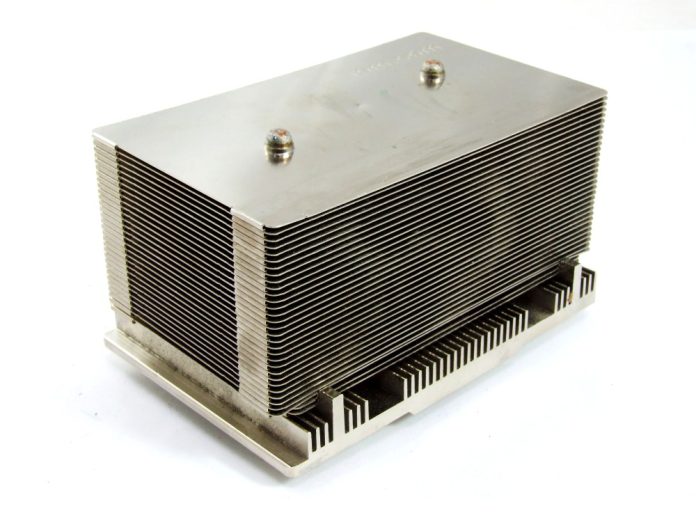The measurements of copper heat pipe can reveal a lot about their thermal properties. The measurements of this type of heating system are conducted in a steady-state and are made with a 6.35 mm diameter by 300 mm length. This type of heating system is useful to move water efficiently. The measurements are carried out at various power levels and average temperatures. They are also useful for determining the efficiency of the water transfer. The temperature drop T of a sintered copper heat pipe is 60 times less than that of a copper tube. The values of R depend on the working fluid and the wick construction and the length of the heat pipe.
Copper heat pipes are commonly available in several designs
The most common is the grooved type. These types of heat pipes consist of copper tubes with grooves that allow water to travel through the pipe. These types of heating systems can be used in horizontal and vertical orientations, but they have limited performance when tilted more than 15o from the horizontal. The most efficient and durable pipes use a combination of these three features. However, this heat pipe is still a popular choice because of its high heat-carrying capacity.
The design of a copper heat pipe is quite robust
Its performance can withstand thousands of freeze-thaw cycles and can carry power even after the water is liquid. Its high thermal conductivity also makes it suitable for a variety of applications, including gravity-aided areas and cases where internal liquids may freeze. It is a durable and cost-effective heat transfer system that does not compromise on performance. The best way to choose a copper heat pipe is to compare it with other materials available in the market.
For the sake of accuracy, heat pipes made from aluminum and copper have a relatively low resistance to thermal transfer. Its water-proof coating protects the pipe against the elements of an air-conditioning system. Moreover, it is very resistant to corrosion. Therefore, a copper heat pipe is the best choice for heating and cooling systems. In addition to its high thermal conductivity, it is also durable and resistant to shock. The design of a copper heat pipe must be considered carefully.
The most important benefit of a copper heat pipe is its low thermal resistance
When the wick is heated, it releases a vapor that increases the pressure inside the pipe. The vaporized liquid will increase the pressure of the water in the pipe. This will lower the temperature at the hot end of the heatpipe. It is not necessary to install the heatpipe in a horizontal position to be effective. A shorter tube will not prevent it from transferring the heat to the surrounding environment.
The wick is the part of a copper heat pipe that contains a liquid. The liquid vapors will diffuse to the cooler end of the pipe and then condense back into a liquid. This liquid will warm the cool end of the heat pipe. In contrast, the wick will transport the vapor back to the hot end of the copper heat pipe via capillary action. By understanding the basic characteristics of this type of heater, it is possible to design a perfect heating and cooling system.













